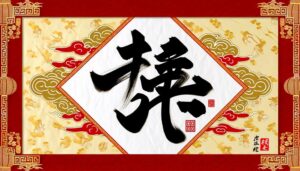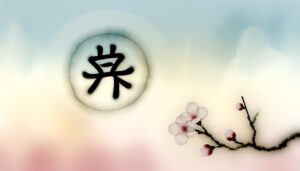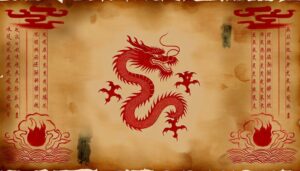How to Write and Pronounce the Chinese Symbol for Thank You
The Chinese symbol for 'thank you' is expressed as 谢谢 (xièxiè) in Simplified Chinese and 謝謝 (xièxiè) in Traditional Chinese. These characters encapsulate profound cultural and historical contexts, reflecting Confucian values of gratitude and reciprocity.
The phrase's usage permeates everyday social interactions, reinforcing societal norms centered on respect and harmony. Pronunciations and expressions may vary significantly across different Chinese dialects, showcasing the linguistic diversity within the country.
In formal settings, additional respectful forms such as 您 (nín) enhance politeness. By understanding these nuances, one gains deeper insights into Chinese communication and cultural values.
Key Takeaways
- The simplified Chinese symbol for 'thank you' is 谢谢 (xièxiè).
- The traditional Chinese symbol for 'thank you' is 謝謝 (xièxiè).
- In Cantonese, 'thank you' is written as 唔該 (m̀hgōi).
- 'Thank you' represents deep cultural values of gratitude and respect in Chinese society.
- The expression varies in pronunciation and script across different Chinese dialects and regions.
Historical Background
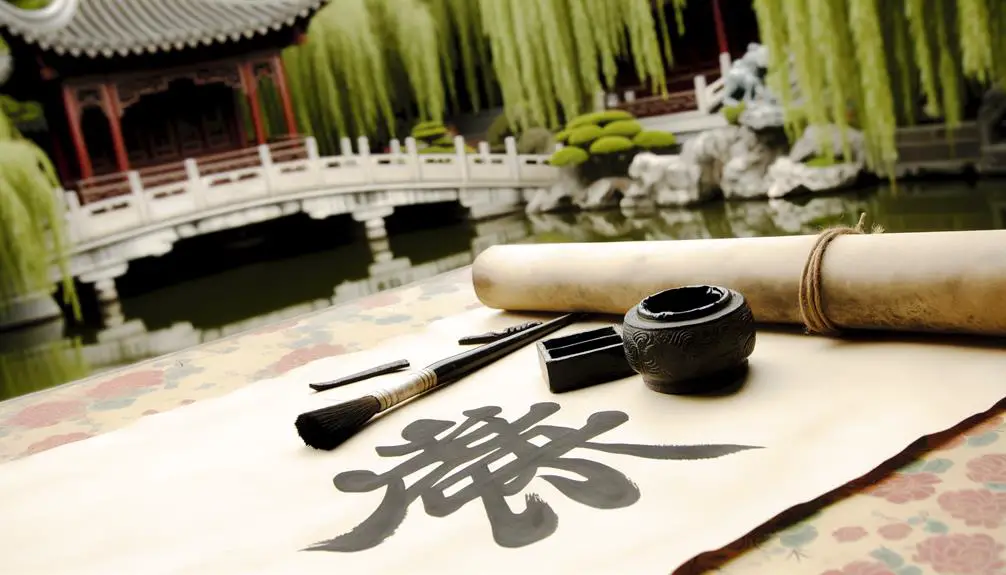
The historical background of the Chinese symbol for 'thank you' is deeply rooted in ancient Chinese culture and linguistic evolution. Originating from the early forms of written Chinese, the characters expressing gratitude have undergone significant transformation.
Initially derived from oracle bone inscriptions, these symbols evolved through the Zhou, Han, and Tang dynasties, each period contributing to their refinement. The phrase '谢谢' (xièxie), commonly used today, finds its roots in Classical Chinese, where expressions of thanks were formal and complex.
The evolution reflects socio-cultural shifts, emphasizing respect and reciprocity. Understanding this historical trajectory provides insight into how the concept of gratitude has been enshrined in the Chinese language, mirroring the broader cultural ethos of respect and harmonious interpersonal relationships.
Symbolic Meaning
The symbolic meaning of the Chinese symbol for 'thank you' extends beyond linguistic translation, embedding itself deeply within the cultural fabric and historical context of Chinese society. An analysis of its cultural significance reveals how expressions of gratitude are intertwined with Confucian values, emphasizing respect and social harmony.
Additionally, modern usage insights demonstrate the symbol's evolution and adaptation in contemporary communication, reflecting changes in societal norms and technological advancement.
Cultural Significance Explained
Rooted deeply in Chinese culture, the symbol for 'thank you' extends beyond mere politeness, encapsulating a profound sense of gratitude and respect.
This symbol, traditionally expressed as '谢谢' (xièxiè), is not just a verbal gesture but a cultural artifact that reflects the societal emphasis on harmony and respect towards others.
In Confucian thought, gratitude is an essential virtue, fostering trust and reciprocity within the community. The act of saying 'thank you' signifies acknowledgment of the other person's effort and kindness, reinforcing social bonds.
Additionally, it serves as a reminder of one's interconnectedness with others, highlighting the collectivist nature of Chinese society.
Hence, the symbol for 'thank you' is a cultural cornerstone, embodying ethical and communal values.
Historical Context Overview
Tracing the historical roots of the Chinese symbol for 'thank you' reveals its evolution as a significant marker of social etiquette and philosophical thought. Embedded within the linguistic structure, the symbol 謝 (xiè) extends beyond mere politeness, encapsulating a rich cultural heritage.
Historically, its usage demarcated various facets:
- Confucian Principles: Reflecting the Confucian value of 礼 (lǐ), or propriety, which underscores the importance of respect and social harmony.
- Dynastic Usage: Employed in formal communications during imperial dynasties, symbolizing deference and hierarchical respect.
- Literary Representation: Appearing in classical literature and poetry to convey gratitude and humility.
These historical contexts provide a deeper understanding of how the symbol has been instrumental in shaping interpersonal and societal interactions throughout Chinese history.
Modern Usage Insights
In contemporary Chinese society, the symbol for 'thank you' (謝, xiè) continues to play an important role in fostering social harmony and mutual respect. Its usage extends beyond mere politeness, embodying a cultural emphasis on reciprocity and gratitude.
The symbol is deployed in various contexts, from everyday interactions to formal communications, reinforcing hierarchical and social bonds. In digital communication, the character 謝 is frequently paired with emojis, enhancing emotional expression.
Additionally, its usage in public signage and official documents underscores its ingrained cultural significance. Overall, 謝 serves not only as a linguistic tool but also as a potent symbol of societal values, reflecting the intricate tapestry of interpersonal relationships in modern China.
Pronunciation Guide
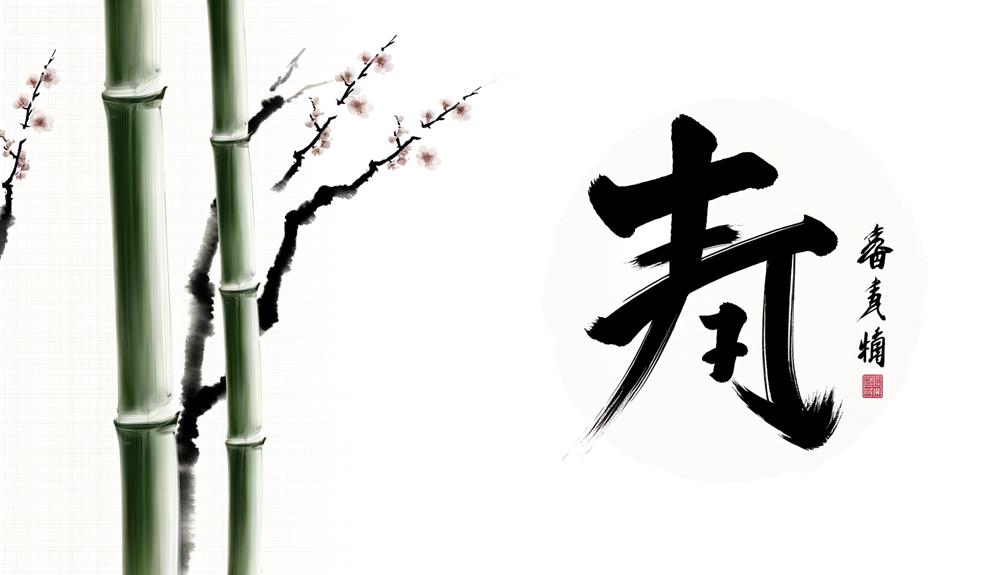
The correct pronunciation of the Chinese symbol for 'thank you' (谢谢) is essential for effective communication and cultural appreciation. This phrase is pronounced 'xiè xiè,' where both syllables carry the fourth tone, a falling tone that starts high and drops sharply.
Mastering the pronunciation of 谢谢 involves:
- Tone Accuracy: Ensuring the fourth tone is correctly applied to both syllables is pivotal for conveying gratitude appropriately.
- Syllable Clarity: Articulating each syllable distinctly avoids misunderstandings and demonstrates respect for the language.
- Practice Consistency: Regular practice can enhance pronunciation fluency, enabling smoother conversations.
Understanding and accurately pronouncing 谢谢 fosters deeper intercultural connections, reflecting a genuine appreciation for Chinese linguistic nuances.
Writing the Characters
Mastering the written form of the Chinese characters for 'thank you' (谢谢) requires a disciplined approach to stroke order, structure, and balance.
The character 谢 (xiè) is composed of 12 strokes, while the character 谢 is duplicated to form the complete phrase. Each stroke must be executed in a specific order to maintain proper formation and readability.
Traditional Chinese calligraphy principles emphasize the importance of structure and spatial consistency. The strokes should be evenly spaced and exhibit a harmonious alignment within the character's framework.
This meticulous method not only enhances aesthetic appeal but also preserves the integrity of the language. Adhering to these principles is crucial for achieving fluency and accuracy in writing Chinese characters.
Common Misconceptions
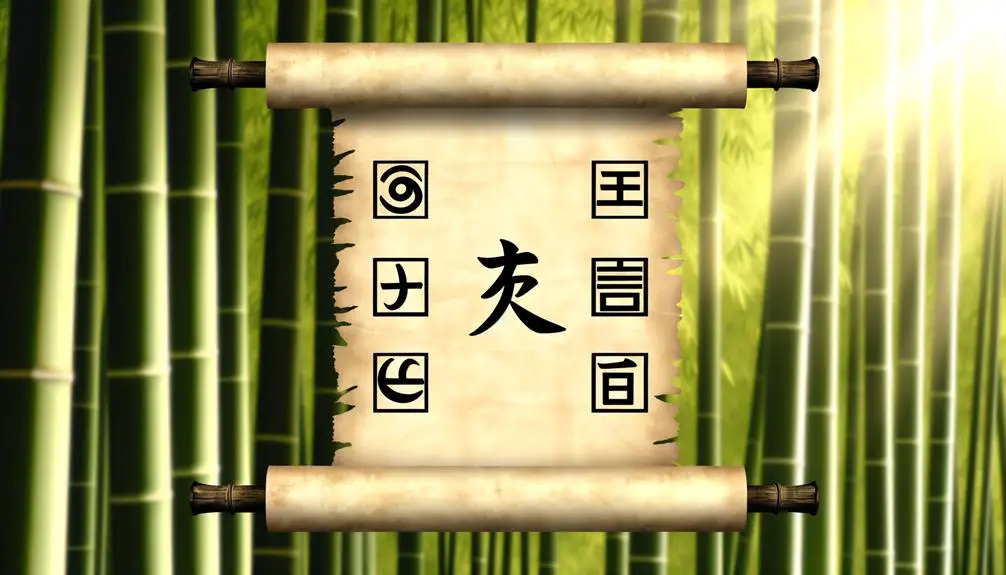
Misunderstandings about the Chinese characters for 'thank you' often stem from a lack of familiarity with the nuances of Chinese linguistics and calligraphy. A common error arises in the assumption that a single symbol can encapsulate the phrase 'thank you,' whereas the correct expression, '谢谢' (xiè xiè), requires two characters.
Additionally, some believe that the characters can be written in any style, ignoring the critical importance of stroke order and form.
- Simplification: Assuming one character suffices for 'thank you.'
- Calligraphy: Overlooking the significance of stroke order and form.
- Context: Misinterpreting the characters' use in different dialects or regions.
These misconceptions underscore the necessity for a deeper understanding and respect for the complexities of the Chinese language.
Cultural Significance
Understanding the cultural significance of the Chinese characters for 'thank you' necessitates an exploration of their deep-rooted historical, social, and linguistic contexts. The term 谢谢 (xièxiè) embodies more than mere politeness; it reflects underlying Confucian values of respect and reciprocity. Historically, expressing gratitude is intricately linked to social harmony and the maintenance of relationships, crucial tenets in Chinese society. Linguistically, the repetition in 谢谢 emphasizes sincerity and earnestness. Socially, the use of these characters conveys an acknowledgment of mutual dependence and respect, vital in maintaining both personal and professional bonds.
| Context | Significance |
|---|---|
| Historical | Social harmony and relationships |
| Social | Respect and mutual dependence |
| Linguistic | Emphasis on sincerity |
| Confucian Values | Reciprocity and respect |
| Professional | Maintenance of professional bonds |
Regional Variations
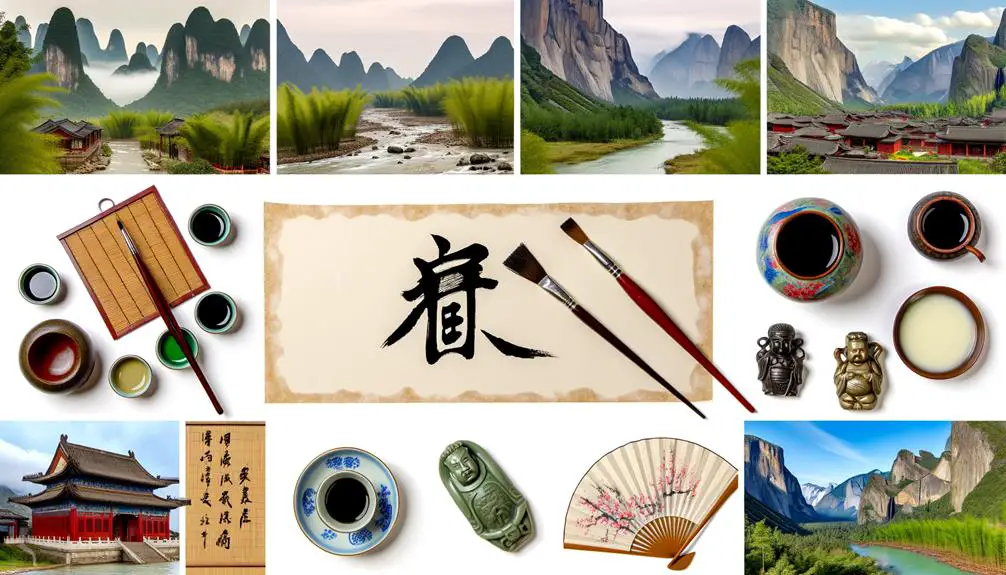
Examining regional variations in expressing gratitude in Chinese reveals significant differences in dialects and pronunciations across various linguistic landscapes.
Although the written character for 'thank you' (谢谢) remains consistent, its phonetic articulation can vary markedly between Mandarin, Cantonese, and other regional dialects.
These variations not only reflect linguistic diversity but also underscore the rich tapestry of cultural identity within China.
Dialects and Pronunciations
Regional variations in dialects and pronunciations greatly influence how the Chinese symbol for 'thank you' is expressed and articulated across different parts of China. Mandarin, the official language, uses '谢谢' (xièxiè).
However, regional dialects create unique variations:
- Cantonese: In Guangdong and Hong Kong, '唔该' (m̀hgōi) is commonly used, reflecting the local linguistic heritage.
- Shanghainese: In Shanghai, '谢忖' (zāxiè) is prevalent, showcasing the region's distinct phonetic system.
- Hokkien: In Fujian and Taiwan, '多谢' (to-siā) is widely spoken, indicating the diverse cultural tapestry.
These dialectal differences underscore the complexity and richness of Chinese linguistic diversity, highlighting how regional identities shape language use and cultural expression. Understanding these nuances is pivotal for appreciating the full spectrum of Chinese communication.
Written Character Differences
While dialectal variations greatly influence pronunciation, written character differences also play a vital role in how 'thank you' is represented across various Chinese-speaking regions. In simplified Chinese, used mainly in Mainland China, the characters for 'thank you' are 谢谢 (xièxiè). Conversely, in regions like Taiwan and Hong Kong, traditional Chinese characters are preferred, represented as 謝謝 (xièxiè). Additionally, regional calligraphic styles further differentiate these characters, adding layers of cultural nuance.
| Region | Script Type | Characters |
|---|---|---|
| Mainland China | Simplified Chinese | 谢谢 (xièxiè) |
| Taiwan | Traditional Chinese | 謝謝 (xièxiè) |
| Hong Kong | Traditional Chinese | 謝謝 (xièxiè) |
| Macau | Traditional Chinese | 謝謝 (xièxiè) |
Understanding these variations is essential for appreciating the linguistic diversity within the Chinese language.
Usage in Daily Life
The Chinese symbol for 'thank you' (谢谢) is an integral part of daily interactions, reflecting the cultural emphasis on politeness and gratitude. Its usage permeates multiple facets of Chinese society, from personal exchanges to professional settings. This expression of thanks is more than mere words; it embodies a deep-seated cultural value.
- Family Gatherings: Expressing thanks to family members fosters a sense of unity and respect.
- Social Interactions: Saying 谢谢 in public settings, such as markets or restaurants, enhances social harmony.
- Workplace Etiquette: Acknowledging colleagues' efforts with 谢谢 promotes a collaborative and positive environment.
Formal Vs. Informal Contexts
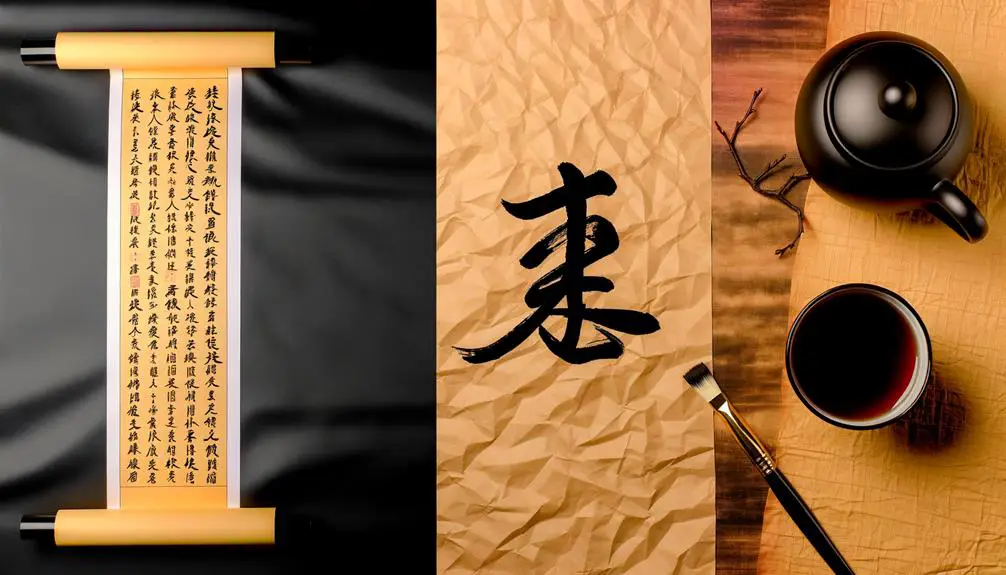
Understanding the usage of 谢谢 requires an examination of how it is applied in both formal and informal contexts, each carrying its own nuances and expectations.
In informal settings, 谢谢 is casually employed among friends, family, and peers to express gratitude, often accompanied by a smile or a nod.
Conversely, in formal contexts, such as business meetings or official ceremonies, the expression may be enhanced by adding 您 (nín), a respectful form of 'you', creating 谢谢您 to denote a higher degree of politeness.
Additionally, 礼貌 (lǐmào), or politeness, dictates that in formal interactions, the tone and body language accompanying 谢谢 should reflect deference and respect, thereby reinforcing social harmony and hierarchical awareness.
Learning Tips
Mastering the intricacies of using 谢谢 effectively necessitates strategic learning approaches that consider both linguistic and cultural dimensions. To enhance proficiency and confidence in employing this fundamental expression of gratitude, learners should integrate the following tips:
- Immerse in Contextual Usage: Engage with native speakers in varied settings to grasp the nuances of formal and informal expressions of thanks.
- Practice Pronunciation: Pay close attention to tonal variations, which can significantly alter meaning and reception.
- Cultural Understanding: Explore the cultural significance of gratitude in Chinese society to appreciate when and how to express it appropriately.
Beyond Words
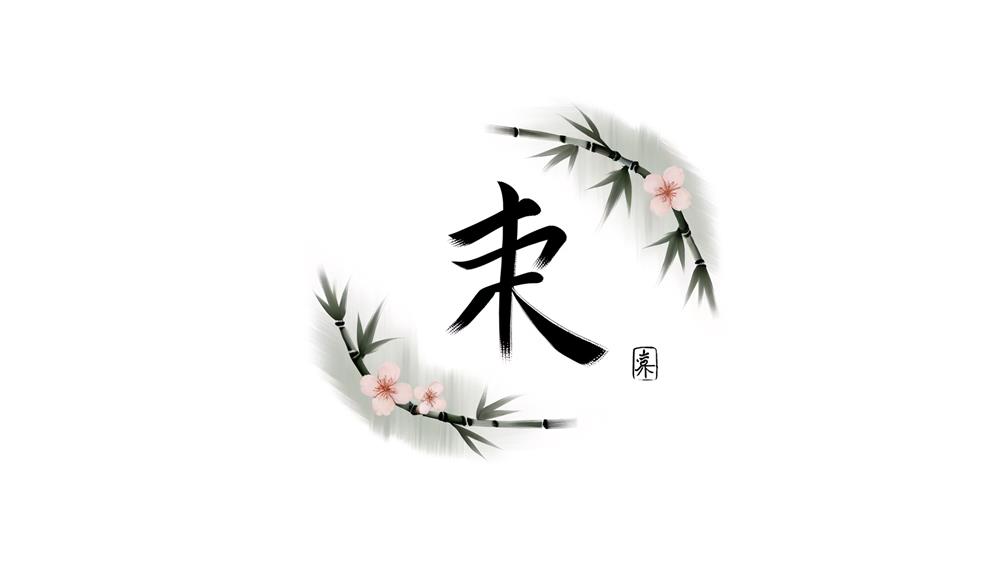
Expressing gratitude in Chinese culture extends beyond verbal communication, encompassing a variety of non-verbal gestures and social practices that reflect deeper cultural values.
Bowing, a nod of the head, or clasping hands together in front of the chest are common physical manifestations of appreciation. The exchange of gifts, often meticulously chosen to match the recipient's preferences, further exemplifies profound respect and acknowledgment.
Additionally, the practice of writing thank-you notes, even in this digital age, remains a significant tradition. These non-verbal forms of gratitude are deeply embedded in Confucian principles that emphasize respect, humility, and reciprocity.
Understanding these practices provides valuable insight into the holistic nature of expressing gratitude within Chinese society, reinforcing the importance of context and cultural sensitivity.
Conclusion
In summation, the Chinese symbol for 'thank you' transcends mere linguistic function, embodying rich historical and cultural significance. Understanding its pronunciation, writing, and contextual usage offers a window into Chinese social norms and etiquette.
Much like the nuanced layers of East Asian calligraphy, the expression of gratitude in Chinese is a fusion of art and tradition. Mastery of this phrase therefore represents not only linguistic proficiency but also a deeper engagement with China's cultural heritage.

